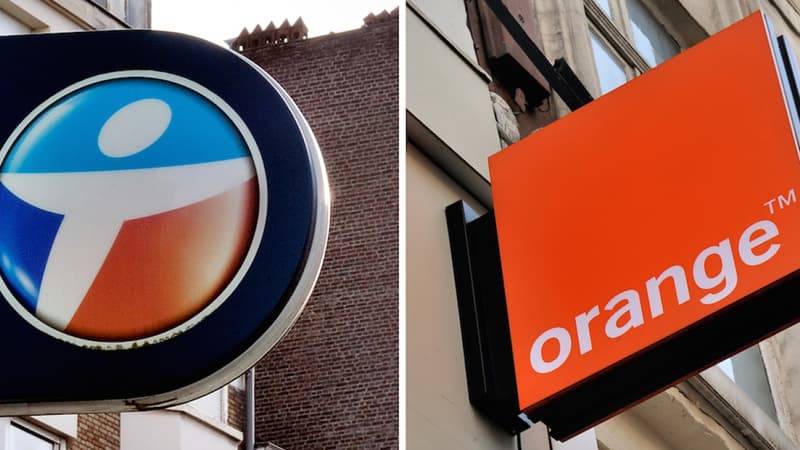Who has the best mobile network? A thorny question that returns in theory every year when the publication of a report commissioned by Arcep, the Telecommunications Gendarme. But at the end of 2024, nothing happened. If the agency explained this delay to “make the” reliable “data, it could be due to the suspicions of cheating towards the independent organization that is supposed to carry out the tests, the reported in February 2025 indicated.
Information confirmed by ARCEP, which points to Orange: “It seemed that Orange activation in his network of a specific waiting configuration for the terminals used during the 2023 and 2024 campaigns would probably affect the representativeness of the measures made in the voice calls made with an instant messaging application (OTT VOICE) and this, for this single operator.”
Consequently, the historical operator is excluded from the results of this indicator.
Orange Always Number 1
Be that as it may, the report now available makes it possible to see once again that Orange reaches the first place. “Mobile Network number 1” is the favorite slogan of the historical operator, which caused his main battle horse to justify his rates sometimes much higher than those of his competitors.
Nationally, 90% of calls are built as “perfect” for orange, compared to 87% for Bouygues, 85% for SFR and 84% for free mobile devices.
If we are more interested in rural areas, quality is clearly decreasing. Orange reaches only 82% perfect quality and sink free mobiles 73%.
In the quality of calls with an instant messaging application (such as WhatsApp), Orange, therefore, is not in the classification, therefore, it is Bouygues Telecom that reaches the first place to 88%, followed by SFR to 87%and the free mobile at 76%.
On the mobile internet side, and despite the generalization of 5G in mobile plans, the flows remain behind. At the national level, the ARCEP classifies the flows into three categories: one for web navigation (minimum 3 mbt/s), one for video (8 mbits/s minimum) and the third for professional or “demanding use” (minimum of 30 mbits/s).
In all three cases, Orange is based well with the game with 93%, 89% and 80% of the connections that have reached the different thresholds respectively. Bouygues Telecom, Sfr and Free Mobile are sometimes very far, especially in the 30 mbits/s where it does not exceed 73%.
Keep in mind that in this category, rural areas are logically well served. The rates fall below 45% for Bouygues Telecom.
By transport, statements to
On the transport side, the results are not as bright as in other places. In TGVs, for example, the success rate of calls is particularly low (between 41% and 28%), when SMS (between 86% and 73%) and the web remain the privileged stockings (between 67% and 52%).
To operate at high speed, mobile TGV networks require the installation of specific antennas along the trip.
Source: BFM TV


